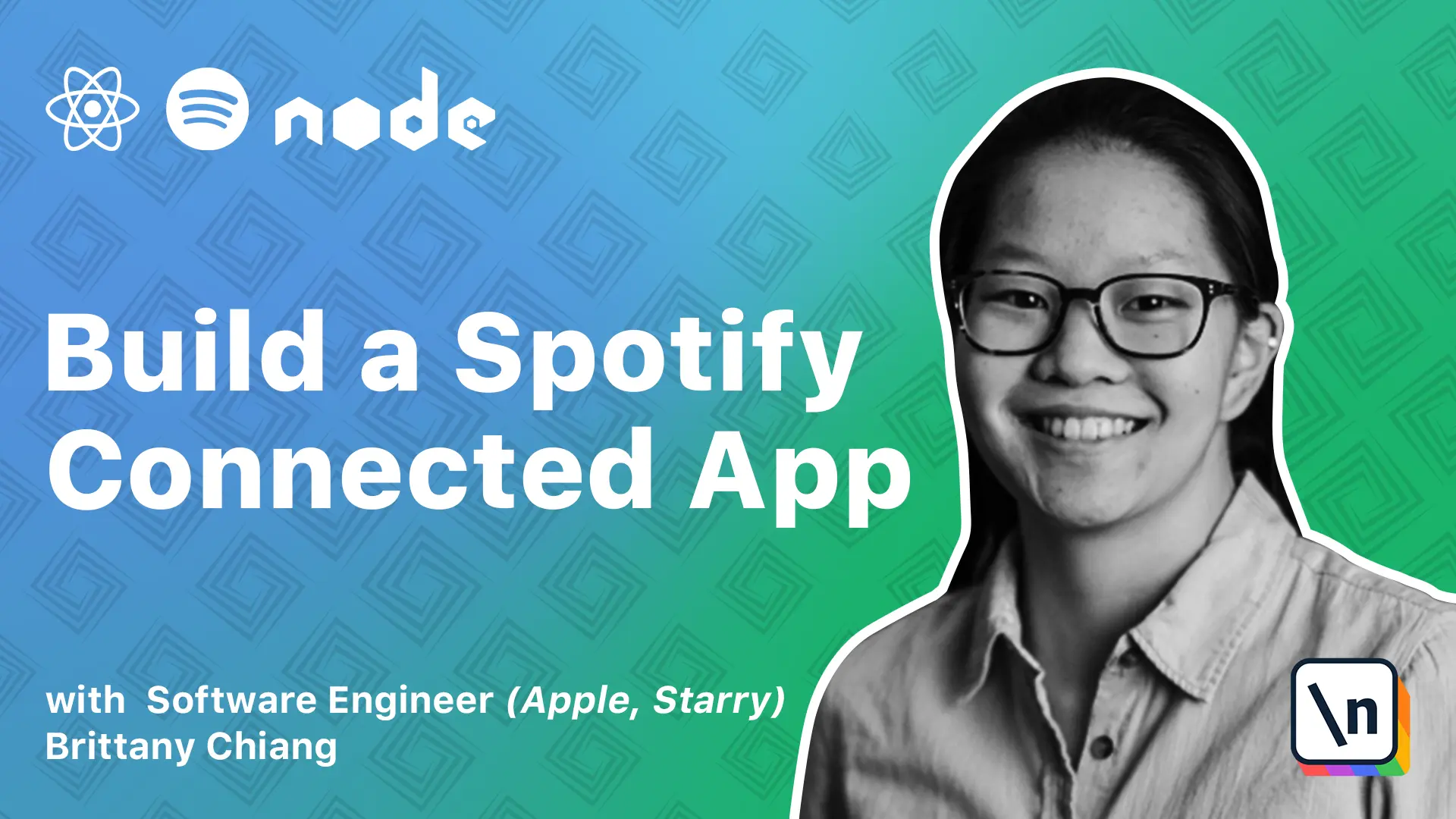Module 4 Introduction
This lesson preview is part of the Build a Spotify Connected App course and can be unlocked immediately with a \newline Pro subscription or a single-time purchase. Already have access to this course? Log in here.
Get unlimited access to Build a Spotify Connected App, plus 90+ \newline books, guides and courses with the \newline Pro subscription.

[00:00 - 00:15] All right, module four, login state and front-end scaffolding. So in the last module, we configured our development environment to handle a client server architecture and passed our Spotify off-token to our React app from our node server with query params.
[00:16 - 00:31] In this module, we're going to learn how to store our Spotify access token in local storage so users don't have to go through the auth flow every time they visit our app. We'll also set up a way to automatically refresh the access token when it expires without interrupting the user experience.
[00:32 - 00:46] Additionally, we'll set up our first API call from our React app to the Spotify API and display data from the response in our template. Then we'll set up React Router and style components to scaffold out our front- end architecture.
[00:47 - 01:16] We'll cover how to use local storage to store authorization tokens, how to refresh access tokens without prompting users to login again, how to fetch data from a third-party API in a React app, how to handle errors in async await functions with higher order functions, how to set up routing with React Router, and how to set up and configure styled components in the context of create React app. Alright, let's get started.